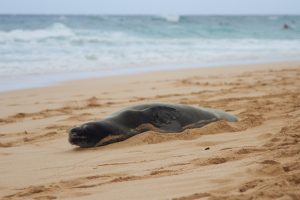Expanding the Toolkit

To view the photo-rich magazine version, click here.
Originally appears in the Fall 2019 issue.
By Shannon Subers
To address the many threats to our oceans, we must educate citizens and future conservationists alike to be “ocean-literate.” An essential part of this teaching is acknowledging that conservation cannot be achieved by science alone. Successful conservation solutions address not only the environmental aspect of an issue, but also its associated social, cultural, political, and economic factors. Thus, we must equip learners with an interdisciplinary toolkit. One way to create such a toolkit is using case studies to show a more holistic approach to conservation. Marine Protected Areas (MPAs) are planned with a mix of ecological, socio-cultural, economic, and political factors in mind, so they are useful examples for demonstrating both the complexity of achieving conservation goals and that human dimensions are critical for the success or failure of a protected area. By going a step further and replicating the MPA planning process in the classroom, students learn about the process, not just the product, of conservation, while experiencing to what extent conservationists use an interdisciplinary toolkit. The lessons below include inquiry-based activities that take high school students through a mock planning process, allowing them to experience problems that planners encounter when creating a protected area. These place-based science activities can be adapted to highlight aquatic or terrestrial conservation issues in your particular region.
This content is restricted to subscribers only.
If you are not yet a subscriber, please consider taking out a subscription here.
If you are an existing subscriber, kindly log in or contact us at info@greenteacher.com for more information.










